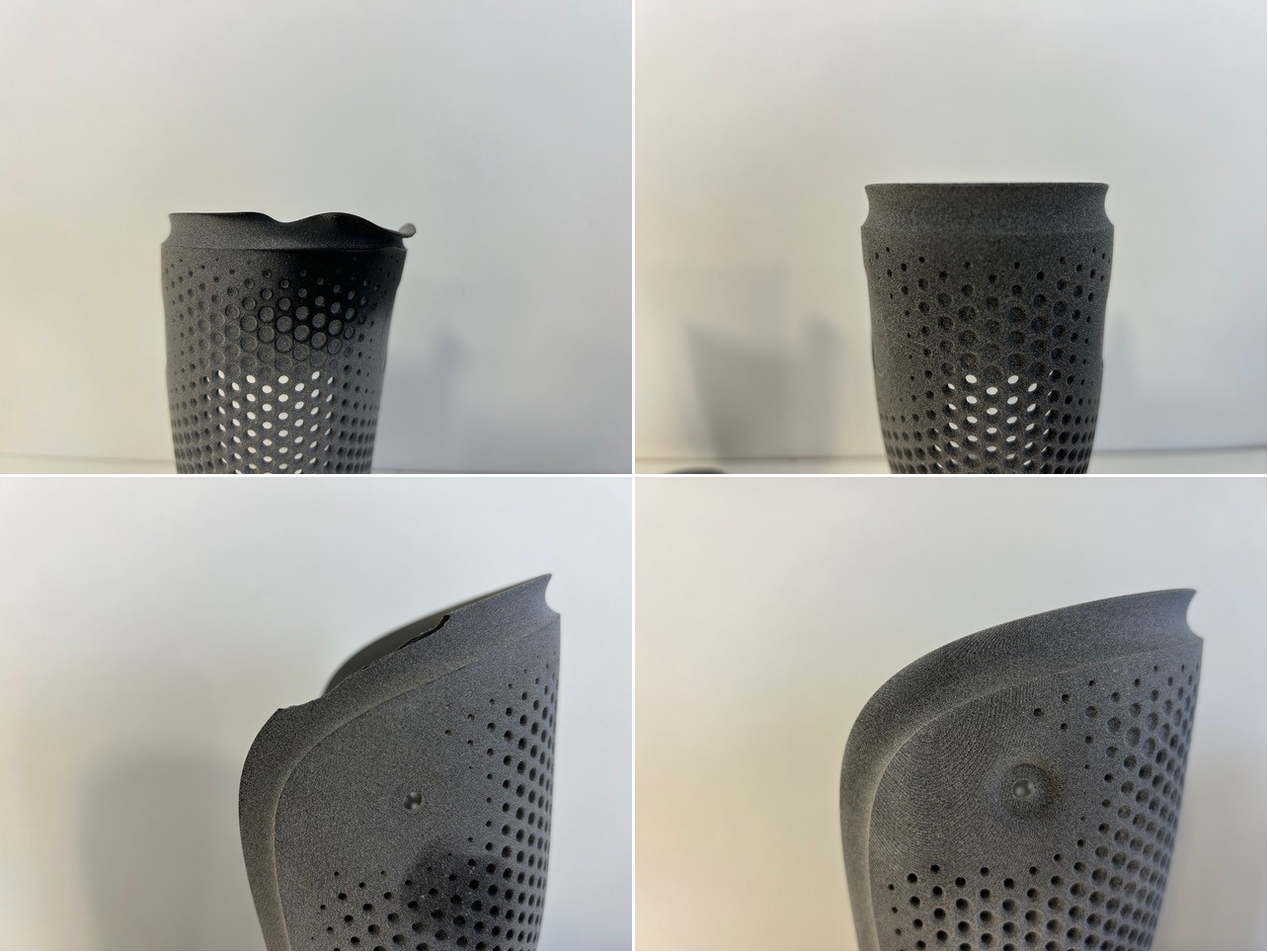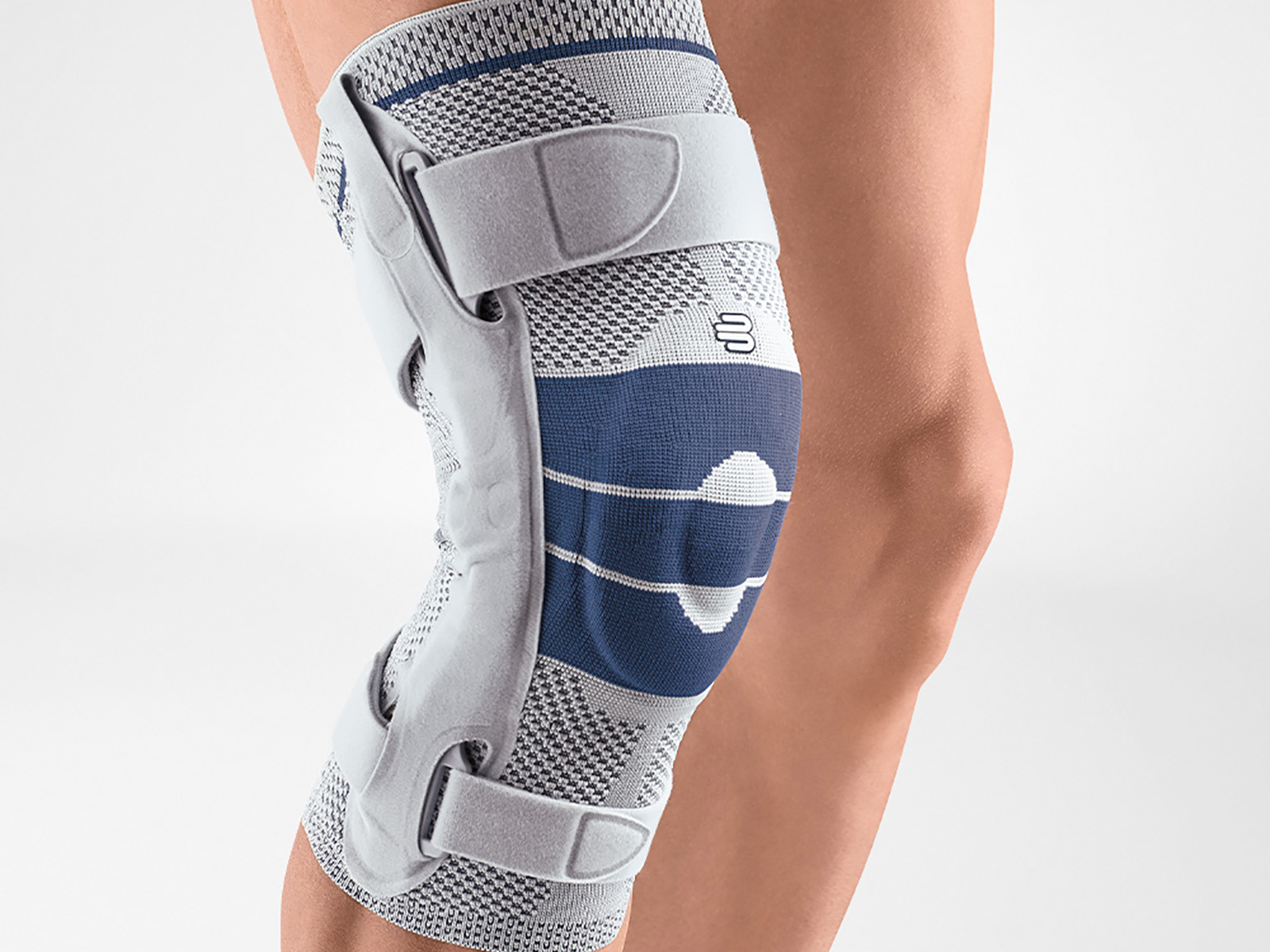Prosthetic aids have long been a significant help to disabled people, but their manufacturing presents several pitfalls. The main problem is the need for effective inspection of finished products and the need to reduce manufacturing defects. This has been done manually until now. The future solution could be using supercomputers that automate the shape analysis of manufactured products.

ING Corporation, a family-owned company, researches, develops, and produces medical aids. Currently, it is one of the leading companies in the Czech market’s prosthetics field. In 2022, it collaborated with the National Competence Centre in HPC (hereinafter NCC) to develop and validate efficient procedures for shape analysis of manufactured products, focusing on identifying potential inaccuracies, among others. “Typically, final products are inspected manually by an expert. However, we wanted to verify the implementation of a machine vision-based solution that can offer a significantly more efficient and accurate approach,” says Jiří Rosický, Managing Director of ING corporation, describing the beginning of the collaboration.
Experts from the National Competence Centre in HPC, part of IT4Innovations National Supercomputing Center, verified the proposed solution. For detecting deformations in manufactured prosthetic aids, machine learning seemed to be a suitable solution, which could completely replace the current standard manual output inspection by an expert in the future. “The proposed solution can make production more efficient due to the possibility of detecting non-conforming products. In the next phase, the results could be used to identify troublesome parts of the product design itself. This would further increase the efficiency of the entire design and production processes,” adds Jiří Rosický.
One of the primary tasks of the National Competence Centre in HPC is introducing small and medium-sized enterprises and government organisations to the possibilities of using supercomputers. “In practice, this means that we provide partners with simplified access to knowledge and experience not only in the use of supercomputers for solving real-world industrial problems using artificial intelligence and processing advanced data analysis but also in many other areas,” says Tomáš Karásek, Coordinator of the Czech NCC.
NCC’s cooperation with industry has been long-standing in many areas. Recent projects include creating 3D tissue models for visualisation, developing a system for intelligent identification of air pollution sources, realistic architectural visualisations, and using bulk material emptying simulation to develop a freight wagon for rail transport.


